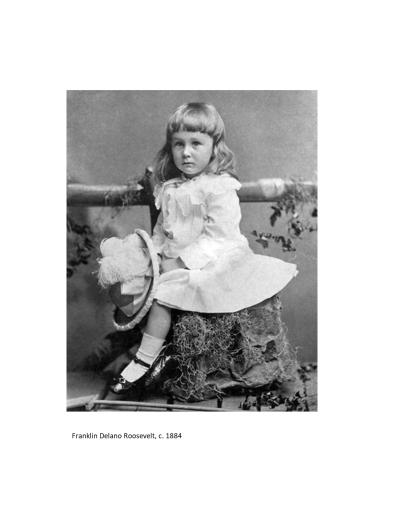Pink Is for . . .Boys?

“Once upon a time, there was a little boy who didn’t want to wear what all the other boys wore. He wanted to wear blue.”
It could be true!
Back in the nineteenth century, all infants wore white dresses. These universal baby clothes allowed for easy diaper changes, and they could be bleached clean of all the messes babies make. As the twentieth century emerged, though, a fad for pastels burst onto the baby fashion scene. At first, no one claimed any one color for any sex. All babies wore all shades of pastel.
Then in 1918, Earnshaw’s Infant’s Department newsletter and Ladies Home Journal both asserted that pink, which is a watered-down version of red, was the proper color for red-blooded boys. Blue, the delicate color of the sky, was deemed appropriate for girls. During the Roaring Twenties, department stores got on the bandwagon and started marketing pink clothes for boys and blue for girls.
Sometime during the 1940s and '50s, pink and blue switched positions—and historians are searching for the reason. Even so, the association stuck. It’s still common today, though free spirits now express themselves in whatever color they like.
To learn more about gender expression and parenting check out resources like these:
Becoming an ally to the gender-expansive child: a guide for parents and carers by Anna Bianchi
Raising them: our adventure in gender creative parenting by Kyl Myers
Real boys' voices by William S. Pollack
My new gender workbook: a step-by-step guide to achieving world peace through gender anarchy and sex positivity by Kate Bornstein
Transgender explained for those who are not by JoAnne Herman